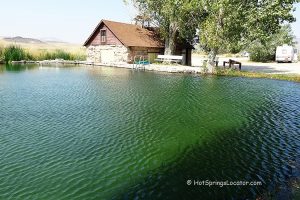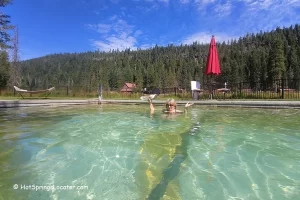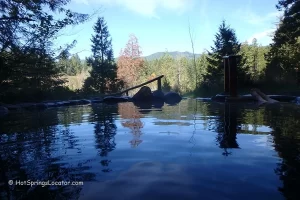• Many countries recognized balneotherapy as an effective medical treatment
• Today hot springs are slowly growing back in popularity
Long before scientific researches and research-based methods were used to understand many aspects of our life, our ancestors had to rely on their own experience to figure out how their surrounding had been working. The health benefits of hot springs were observed by many cultures for a very long time, but actual scientific studies on them is relatively recent.
Balneology or balneotherapy is the study of hot spring bathing for overall health and wellness as well as for disease prevention. Balneology doesn’t include just the hot water soaking, which is still a big part of it. It also covers drinking mineral water, inhaling the mineral water vapor, mud packing, steam bathing, hydrotherapy, massage, and other natural approach to be healthy in body, mind, and spirit.
Balneotherapy in Europe and Asia
Many countries in Europe and Asia have recognized that balneotherapy is a legitimate and effective medical treatment. Those countries include, but are not limited to Poland, Portugal, Romania, Russia, Austria, Bulgaria, Czech Republic, Israel, Italy, France, Germany, Hungary, Spain, Switzerland, and Turkey.
There is a wide range of techniques developed for treatments of a variety of diseases as well as for overall health maintenance. Those treatments vary depending on the patient’s condition, the concentration of minerals in the water, its temperature, and additional procedures including massage, water drinking, sauna, etc. Medical schools recognize those types of treatments and offer balneotherapy courses for medical professionals.
European Spas Association states that there are about 10,000 spa facilities and health resorts with a strong medical background all over Europe. All of those facilities are included in the public health system and as a result, follow corresponding procedures and regulations. In some instances, balneological treatments are even covered by medical insurance when prescribed by doctors. Those treatments are somewhat lengthy and might take from 10 to 21 days of staying at spa or resort facilities. Patients follow strict treatment plans including medical consultations, balneological procedures under the supervision, a healthy diet and exercise plans. This is unfortunately not the case for the United States and the countries of the Commonwealth where hot spring bathing is viewed as a recreational activity only.
The United States and Countries of the Common Wealth
Great Britain, the United States, and Canada, unlike many countries in Europe and Asia, have been going through cycles of popularity and decline of hot springs usage.
Over the course of the 18th and 19th centuries, hundreds of hot spring spas and resorts were established in the USA. In 1933 the first balneological research institute in the United States was created at Saratoga Spa. The institute’s main goal was to classify mineral hot springs of America and analyze their mineral water content.
However, with the development of modern scientific medicine and treatment methods capable easily to cure many chronic and acute diseases, people in the USA and the Commonwealth lost interest in hot springs for illness prevention and disease treatment. In the 20th century, many hot spring resorts of North America lost their popularity with a number of them being closed or straight up abandoned.
Nowadays, hot springs are slowly growing back in popularity among healthy lifestyle enthusiasts. Many modern hot spring resorts and spas offer a variety of other health and wellness services including, but not limited to massage, facial treatments, body wraps, aromatherapy, and yoga. Despite the recent spike in popularity, balneotherapy is not considered a part of the healthcare system and it is practiced by separate healthy lifestyle enthusiasts rather than institutions as a part of disease prevention and treatment.
Disclaimer
This content provides general educational information only. It does not intend to substitute for professional medical advice, diagnosis, or treatment. We make no medical claims. Always consult your medical provider for more information.
You May Also Like








